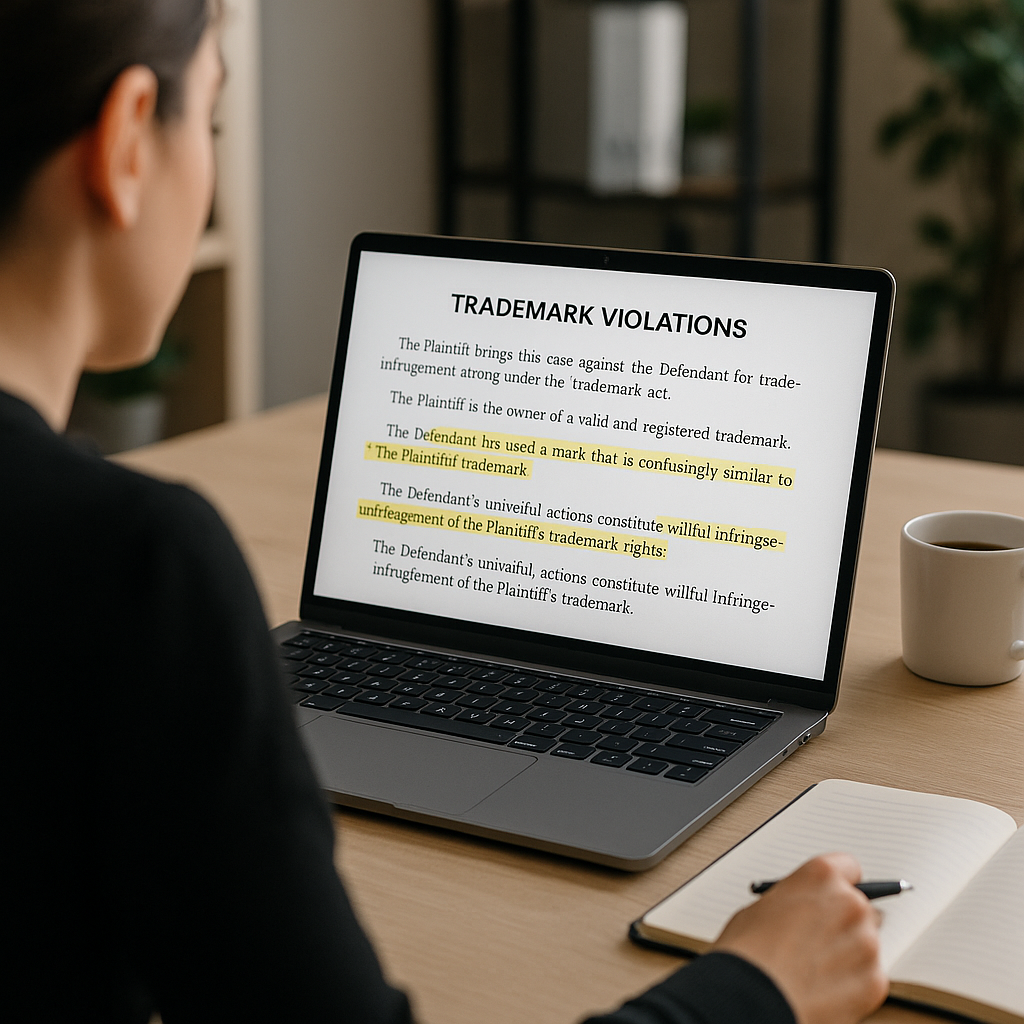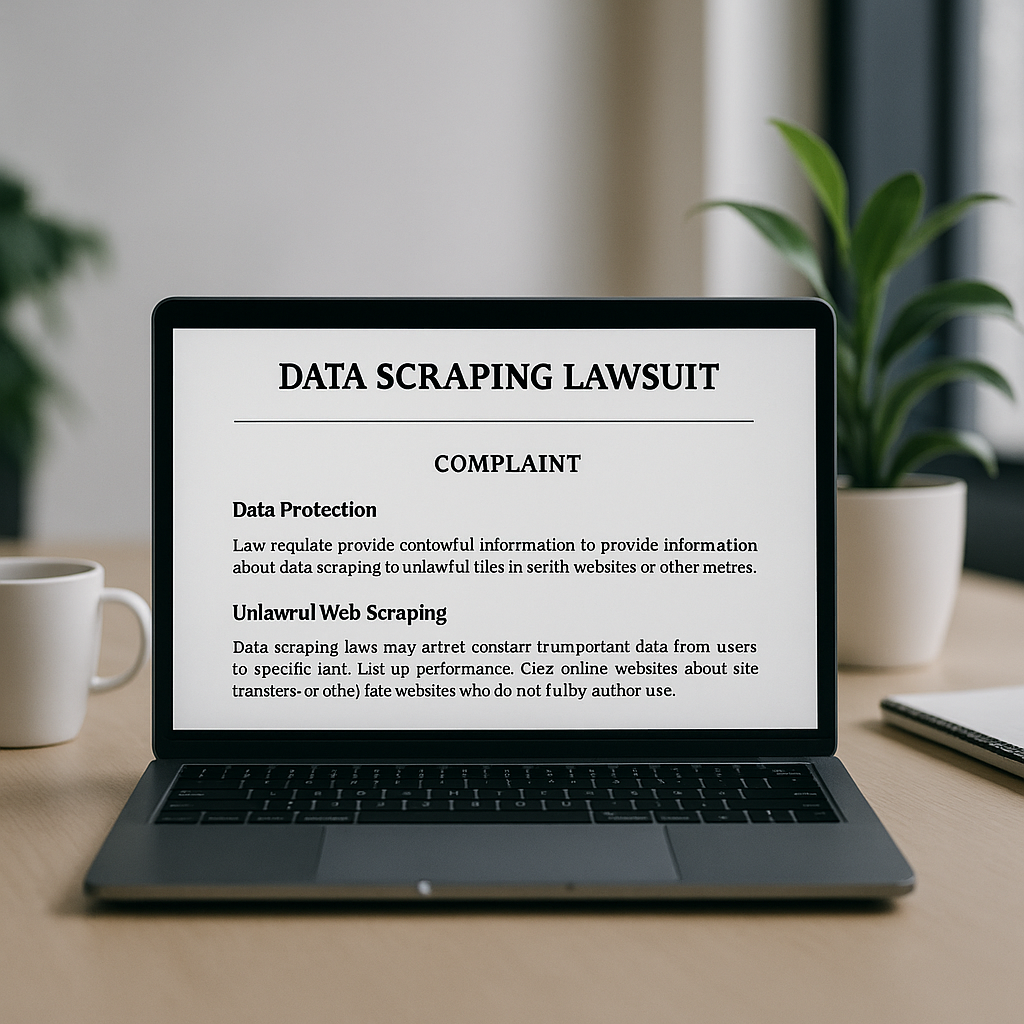Imagine walking into a store where the aisles are confusing, the checkout isslow, and you can’t find what you’re looking for. Frustrating, right?The same applies to your mobile app. If users struggle to navigate, they won’tstick around—let alone convert.That’s where a UX audit comes in. It’s like giving your digital product a healthcheck, identifying pain points, and optimizing the experience to boostengagement and sales. This way you get powerful insights that turn guessworkinto data-driven improvements.THEN VS. NOW: THE CHANGING ROLE OF MOBILE APPSMany sectors have experienced a significant transformation in the ways usersengage and interact thanks to mobile applications. Initially conceived as toolsfor improving brand engagement and fostering customer loyalty, these apps’purpose has substantially changed with changing market dynamics. Now, they arepredominantly focused on generating direct sales and conversions.It is essential for brands that want to maintain competitiveness to grasp thisshift in the role of mobile applications. Acknowledging their transition frommere engagement instruments to critical channels for sales allows companies toadjust their strategies accordingly so they meet contemporary marketrequirements. Understanding user pain points is crucial in this evolution, as ithelps businesses make informed decisions and prioritize solutions.THEN: MOBILE APPS AS BRAND STORYTELLING & ENGAGEMENT TOOLSOriginally, mobile applications were utilized predominantly as mechanisms forbrands to narrate their tales and captivate users’ attention. The emphasis wason crafting loyalty strategies that were content-centric, with the intention ofcultivating a robust relationship with consumers. The goal for brands was todesign immersive user journeys that encouraged discovery and facilitated thecreation of communities. Creating user personas is crucial in this process, asit helps in understanding distinct audience segments and tailoring the productexperience to meet specific needs, goals, and pain points of each user group.Typical methods included storytelling through tailored content, encouraging theproduction of material by users themselves, and incorporating functionalitiesthat allowed social dissemination—all crucial elements in amplifying userinteractions. Brands employed narrative features within apps and customizedcontent offerings as navigational tools for assisting user engagement throughouttheir app experience, thereby elevating insights into individual preferenceswhich spurred user engagement.NOW: MOBILE APPS AS DIRECT SALES CHANNELSThe foremost objective of contemporary mobile apps is to generate income byfacilitating transactions with minimal resistance. Theseapplications aredesigned with an emphasison user-friendly interfaces and conversion optimization, striving foruninterrupted user interactions that boost the efficiency of sales.Understanding how users interact with the app is crucial to identify usabilityissues and enhance user engagement, ultimately optimizing conversions.There’s a prevailing movement towards incorporating payment systems within theapplications themselves, simplifying the buying journey and diminishingobstacles that could deter conversions. The intention behind this change indirection is to eradicate any disruption that might obstruct a consumer’stransaction completion, thus amplifying total sales figures.WHY MARKET CHANGES ARE DRIVING THIS SHIFTNumerous prevailing trends are influencing the transition from mobileapplications centered on user engagement to those focused on generating revenue.The fierce rivalry in the realm of e-commerce has established lofty expectationsfor ease of use, compelling companies to enhance their mobile userexperiences.With mobile devices now accounting for over 70% of traffic ine-commerce,there is a pressing need for refined UX design that addresses this surge.Today’s consumers have come to anticipate shopping journeys that are not onlyseamless and intuitive, but also devoid of any hindrances. Consequently, it isimperative for brands to shift their focus towards increasing conversion ratesrather than merely measuring success through engagement statistics alone.This critical need to boost sales revenues is prompting businesses to reassesstheir approaches towards mobile platforms and place significant emphasis onimproving user experience as a means of maintaining market relevance.Additionally, considering the user’s perspective in this shift is crucial toidentify usability and interaction challenges, ensuring overall satisfaction andengagement with the product.UX AUDITS: IDENTIFYING BARRIERS TO HIGHER CONVERSIONSConducting a UX audit is critical for improving user experience and increasingconversion rates. A UX audit report grounded in data can uncover usabilityproblems that adversely affect conversions, enabling companies to consistentlyimprove their mobile experiences through systematic ux auditing. Heuristicevaluations can also be used to identify usability issues during a UX audit,providing a cost-effective approach to assess a product’s usability without theneed for user testing.FrequentUX reviews areinstrumental in detecting and removing obstacles that hinder users fromfinalizing their transactions. By focusing on the pain points from the viewpointof the users, businesses can develop more efficient and seamless user flows,which in turn boost sales.KEY AREAS TO EVALUATE IN A UX AUDITA UX audit should evaluate several critical areas. Navigation clarity iscrucial; users should reach key pages within three taps. A successful ux auditshould also address checkout friction; identifying whether users drop off due toextra steps can help streamline the process. Evaluating user interfaces forusability issues is also important to identify potential UX problems.Information architecture and UI design issues, such as whether CTAs are clearand the visual hierarchy is optimized, are also important. Additionally,performance bottlenecks like slow load times can significantly affect bouncerates and should be addressed.UX RESEARCH & USABILITY TESTING METHODS FOR OPTIMIZING SALES CONVERSIONSThere are multiple approaches for conducting UX research and testing that helpimprove sales conversions. Employing heatmaps and behavior tracking, brands canpinpoint user drop-off locations and uncover specific issues users encounter.Applying A/B testing along with lean UX experiments aids in improving the flowswithin an app to maximize the overall user experience. Usability tests are alsoessential for assessing user interactions and identifying usability issues.For spotting problems related to usability heuristics during usability testing,heuristic evaluation, and cognitive walkthroughs prove valuable tools. Thesestrategies allow brands to collect both quantitative and qualitative data. Thiscombined information supports making well-informed adjustments that boost mobileapp functionality.OPTIMIZING USER PATHS: KEY STRATEGIES TO BOOST CONVERSIONSEnhancing the user journey is essential for improving conversion rates. Byminimizing obstacles and enriching the overall user experience, optimization canlead to more effective pathways that increase conversions. Understanding userpersonas is crucial in this process, as it helps tailor the user paths to meetthe specific needs and expectations of different user segments.By focusing on refining the entire journey of a user, companies can provide anuninterrupted experience that promotes the completion of transactions.STREAMLINING NAVIGATION FOR FASTER DECISION-MAKINGEnhancing navigation by focusing on user interface elements that are easilyaccessible within the thumb-zone for one-handed usage enhances the overallexperience. Streamlining product categories and employing distinct labels fornavigational components enable swift access to desired information, therebyaccelerating the decision-making process.Integrating search capabilities into the system markedly cuts down on theduration it takes users to pinpoint specific products they are looking for.REDUCING FRICTION IN THE CHECKOUT PROCESSMinimizing obstacles during the checkout phase is crucial for improving the userexperience associated with a product. By offering guest checkout capabilities,storing payment information, and utilizing autofill features, one canconsiderably lower the mental effort required from users.Incorporating indicators of progress allows users to easily recognize where theyare in the process and identify what steps remain. Providing various paymentmethods accommodates diverse preferences among users and may lead to an uptickin conversion rates.USING USER PERSONAS FOR PERSONALIZATION TO DRIVE HIGHER BASKET VALUEPersonalization is a powerful strategy to drive higher basket value. AI-drivenproduct recommendations tailored to browsing behavior can increase average ordervalue.Segmenting users based on user behavior allows for targeted promotions,effectively increasing customer loyalty and engagement.PERFORMANCE OPTIMIZATION FOR SMOOTHER EXPERIENCESOptimizing performance is crucial to guarantee a smooth user experience.Applications retaining users more effectively tend to load within three seconds.It’s vital to eliminate superfluous animations and maintain a responsive userinterface for enhanced fluidity of use.By keeping track of application performance indicators, including loadingspeeds, we can identify specific aspects that require refinement. This processleads to the betterment of both user contentment and retention rates.ACCESSIBILITY IMPROVEMENTSEnsuring that mobile commerce platforms adopt inclusive design is essential forfacilitating effective interaction with the app for users of all abilities. Byimplementing accessibility improvements like expanded touch targets andheightened contrast, the usability is increased across the board.Adhering toWCAG guidelines boosts user satisfaction and simultaneously offers a competitive edge in themarketplace.HOW LEADING BRANDS ARE REDESIGNING FOR SALES GROWTHTop brands consistently update their mobile applications to match their businessobjectives and fuel sales expansion. By focusing on key trends, theyenhance userexperiencesand fulfill the changing anticipations of consumers.ZARA & H&M: OPTIMIZED FOR SPEED & EFFICIENCYZara and H&M have optimized their mobile apps for speed and efficiency. Featureslike tap-to-buy shopping and enhanced mobile-first layouts with easy swipingcater to fast purchases. User feedback indicated frustration with Zara’sprevious website layout, prompting a redesign to improve navigation andstreamline the shopping experience.SEPHORA: AI-POWERED PERSONALIZATION FOR HIGHER ORDER VALUESephora leverages AI-powered personalization to enhance user engagement anddrive higher order values. AI-driven recommendations tailored to individualpreferences increase average basket size.Push notifications and customized discounts based on user data drive increasedpurchases.AMAZON: THE BENCHMARK FOR MOBILE COMMERCE UXAmazon has established a standard for user experience in mobile commerce throughits simplified procedures. By cutting down the checkout process to just oneclick, Amazon experiences increased conversion rates.Dynamic pricing and anefficient return process improve the overall shopping experience by encouragingreluctant customers to finalize their purchases.WHERE IS MOBILE UX HEADING NEXT?AI-driven chatbots, virtual shopping assistants, and voice-activated commerceare set to bring about a new wave of innovation in mobile UX. User engagement isanticipated to soar asAugmented Reality (AR)enables immersive and interactive shopping experiences that transform the retailjourney.Brands need to regularly engage in UX audits and testing to remain ahead of thecompetition, ensuring their mobile applications are optimized through a thoroughUX review.Key areas that should be prioritized include: * Making navigation more intuitive * Smoothing out checkout procedures * Enhancing personalization features * Improving accessibility for all usersSuch components will shape the future landscape of mobile commerce.Concentrating on these aspects helps brands prepare their apps for what liesahead and will guarantee continuous sales expansion.

From Engagement to Sales – How UX Audit is Making Mobile Apps Revenue-Driving Machines
Posted Date:





